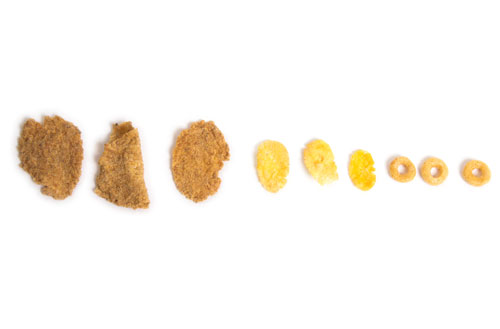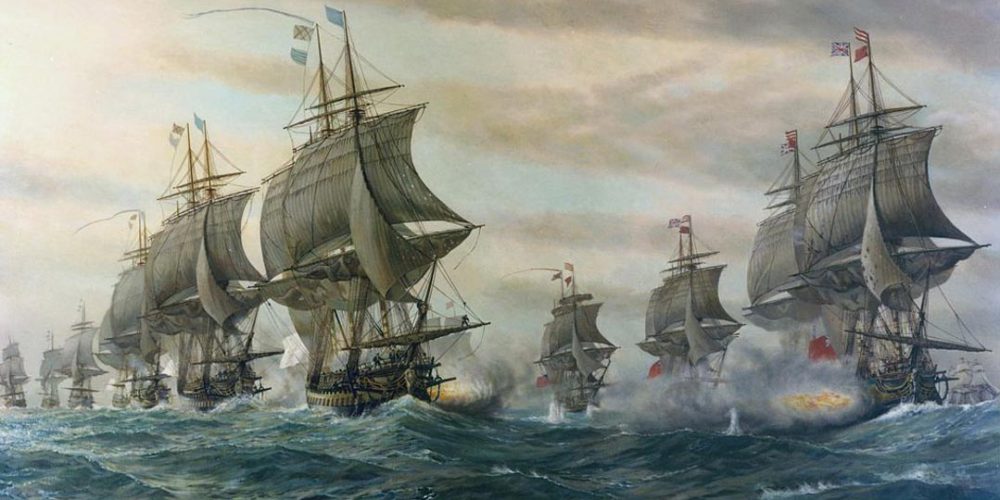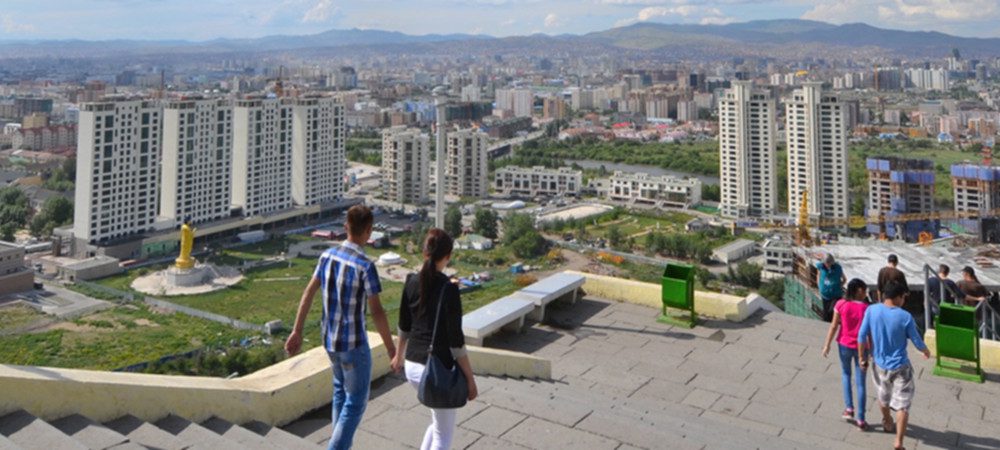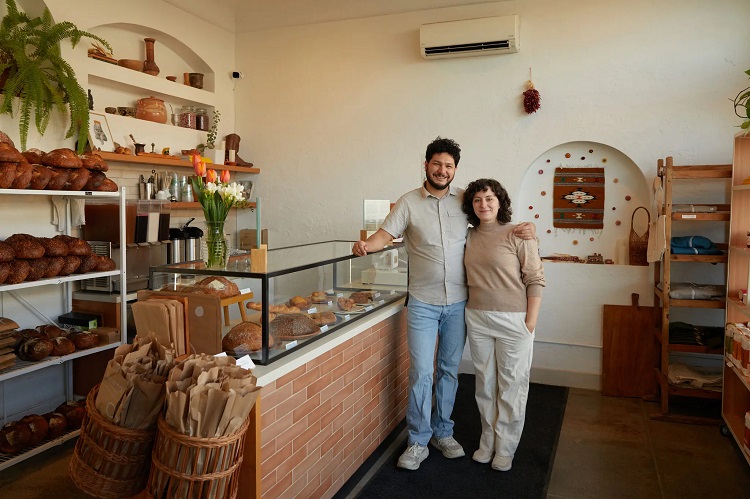The history of the Earth reveals its hidden pages
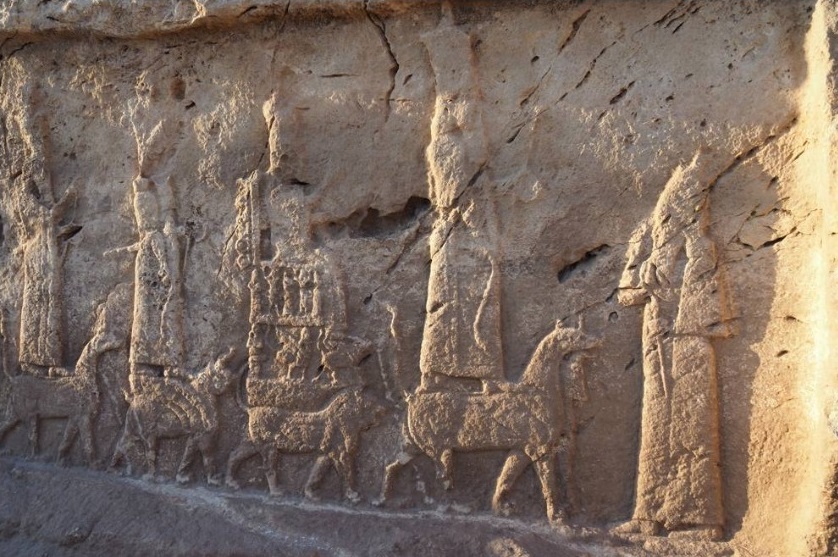
Recently, many interesting archaeological and historical discoveries came to light.
Ancient Assyrian rock panels
Ten ancient Assyrian rock panels showing carvings of Assyrian deities were discovered at a canal that dates back more than 2,700 years. They include carvings of Ashur, the main Assyrian god, who is shown on a dragon. They also show Ashur’s wife, Mullissu, who is seated on a decorated throne supported by a lion. Other depictions include the sun god Shamash on a horse and the moon god Sin on a horned lion. All of the deities face in the direction of the water that flowed in the canal.
The panels and canal were likely built during the reign of the Assyrian king Sargon II, who ruled from 722 B.C. to 705 B.C. In the rock panels, Sargon II is shown at the beginning and end of the procession of deities.
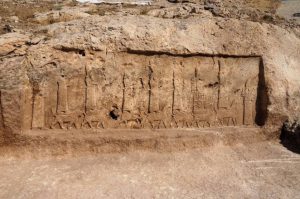
Mostly dating from the period 880-612 BCE, the carved scenes are found on free-standing stelae and as panels cut on cliffs and rocks at distant places reached by the Assyrian kings during their campaigns. The most spectacular use of stone reliefs, however, was as panels which decorated the mud-brick walls in palaces and temples up to a height of 2.6 metres. The scenes were originally picked out with paint, which occasionally survives.
The Assyrians used a form of gypsum for the reliefs and carved it using iron and copper tools. The stone is easily eroded when exposed to wind and rain and when it was used outside, the reliefs are presumed to have been protected by varnish or paint. It is possible that this form of decoration was adopted by Assyrian kings following their campaigns to the west, where stone reliefs were used in Neo-Hittite cities like Carchemish. The Assyrian reliefs were part of a wider decorative scheme which also included wall paintings and glazed bricks.
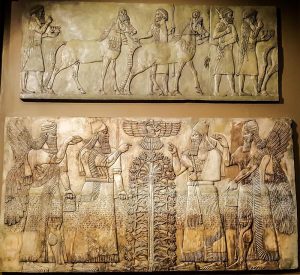
The reliefs were first used extensively by king Ashurnasirpal II (about 883-859 BCE) at Kalhu (Nimrud). This tradition was maintained in the royal buildings in the later capital cities of Khorsabad and Nineveh.
Polynesians meet Native Americans around A.D. 1150
A large study that involved gathering DNA from 807 Indigenous individuals from Polynesia and the Pacific coast of South America has revealed that Polynesians and native peoples of Colombia not only made contact but also bred with one another around A.D. 1150. It’s not clear how the groups met; the Polynesians may have sailed to South America or vice versa.
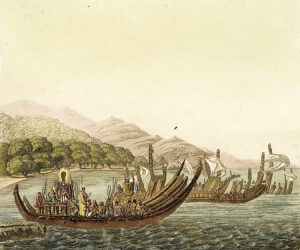
Either way, their descendants were living in the Marquesas Islands — about 4,350 miles (7,000 km) from the coast of Colombia — by A.D. 1200, and gradually branched out to other islands in Polynesia.
Biggest prehistoric monument in the U.K.
The biggest prehistoric monument in the U.K. was revealed in 2020. Dating to around 4,500 years ago, during the Neolithic period, it consists of 20 giant holes that appear to mark the boundaries of an earlier enclosure circle. Each of the holes is 32 feet (10 m) in diameter and 16 feet (5 m) deep. The holes form a circle stretching 1.2 miles (2 km) and covering an area larger than 1.2 square miles (3.1 square km). It’s so large that it has Durrington Walls, the largest henge in the U.K., at its center.
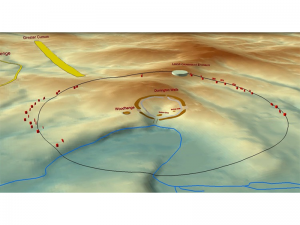
It’s not clear why the giant circle of holes was created. It’s possible that it formed a symbolic barrier that told certain members of society how close they could get to Durrington Walls. Another possibility is that the holes were used to hold water during the wet season. In any case, the circle of holes is one of a kind, with no comparable prehistoric monuments known elsewhere, archaeologists said.
Ninth-century Viking longhouse in Iceland
Archaeologists have unearthed what may be the oldest Viking settlement in Iceland.
The ancient longhouse is thought to be a summer settlement built in the 800s, decades before seafaring refugees are supposed to have settled the island and was hidden beneath a younger longhouse brimming with treasures, said archaeologist Bjarni Einarsson, who led the excavations.
“The younger hall is the richest in Iceland so far,” Einarsson sais. “It is hard not to conclude that it is a chieftain’s house.”
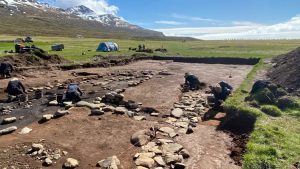
The youngest of the two longhouses contained the most valuable hoard of objects ever found in Iceland and was probably the hall of a Viking chieftain.
Longhouses were large wooden halls, up to 250 feet (75 meters) long and 20 feet (6 meters) wide, covered with turf and thatch and used as communal habitations throughout the Norse lands during the Viking Age.
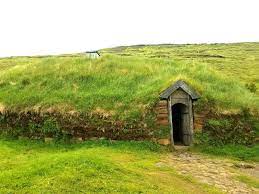
They were divided into rooms and could be shared by several families. Fires were built in stone hearths along the center, and farm animals could be stabled there to protect them from cold.
Both longhouses were found at Stöð, near the village and fjord of Stöðvarfjörður in the east of Iceland. The younger structure dates to around A.D. 874 — the commonly accepted date for Iceland’s settlement by people, who, according to Icelandic lore, were escaping the Norwegian king Harald Fairhair. It contains one of the most valuable hoards of ornamental beads, silver and ancient coins ever found in Scandinavia, Einarsson said.
The Roman and Middle Eastern silver coins, as well as “hacksilver” — cut and bent pieces of silver – were used by the Vikings and other peoples as bullion or currency. The hoards also contained rings, weights and a tiny fragment of gold.


